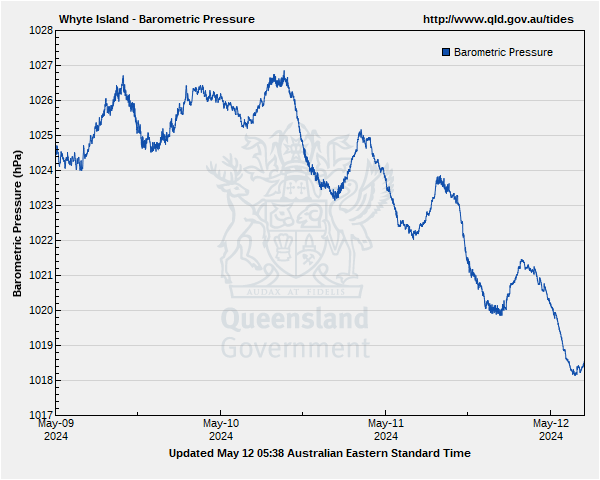

Future sea level rise of a meter or more during this century ( Hansen et al., 2016) will further intensify the expansion. On a coastal plain with a slope of 1:1000, a 10 cm rise in sea level can lead to a 100 m inland intrusion of seawater into the aquifer ( Werner and Simmons, 2009). A massive sea level rise at the end of the last glacial period inundated continental shelves worldwide and drove seawater into coastal aquifers. Sea level rise alters the hydrostatic balance between the aquifer and the coastal ocean. As little as 1% seawater will render groundwater non-potable by taste.īesides over-pumping, other factors exacerbate saltwater intrusion. The source of the saltwater may be the ocean or relic saltwater residing deeper in the aquifer or in an adjacent aquifer. The primary cause of saltwater intrusion is over-pumping of fresh groundwater from coastal aquifers, thereby reducing the hydrostatic pressure and drawing saltwater into the aquifer. Extensive efforts have aimed to understand and eliminate this problem nevertheless, groundwater salinization is accelerating along many coastlines. Saltwater intrusion, the landward excursion of seawater in coastal aquifers, has been recognized since the 19th century as water in impacted aquifers became non-potable ( Werner and Simmons, 2009). Introduction: Saltwater Intrusion and Submarine Groundwater Discharge We demonstrate that these two processes are linked in ways that neither group has articulated effectively to date. Research on saltwater intrusion and SGD has largely been undertaken by different groups. But this process may also adversely affect the environment and alter the local ecology. These changes may result in higher SGD fluxes, further accelerating release of nutrients and thus promoting biological productivity in nutrient-depleted waters. Climate change amplifies sea level variations on short and seasonal time scales. Seawater intrusion expands the subterranean estuary. These highly altered fluids are enriched in nutrients, carbon, trace gases, sulfide, metals, and radionuclides. Increased saltwater intrusion alters the ionic strength and oxidative capacity of these systems, resulting in elevated concentrations of certain chemical species in the groundwater, which flows from subterranean estuaries into the ocean as submarine groundwater discharge (SGD). Subterranean estuaries receive freshwater from land and saltwater from the ocean and expose this fluid mixture to intense biogeochemical dynamics as it interacts with the aquifer and aquiclude solids. Saltwater intrusion impacts drinking water, agriculture and industry, and causes profound changes in the biogeochemistry of the affected aquifers, the dynamic systems called subterranean estuaries. Such intrusions are occurring along coastlines worldwide due largely to the over-pumping of freshwater and sea level rise. Intrusion of saltwater into freshwater coastal aquifers poisons an essential resource.


 0 kommentar(er)
0 kommentar(er)
